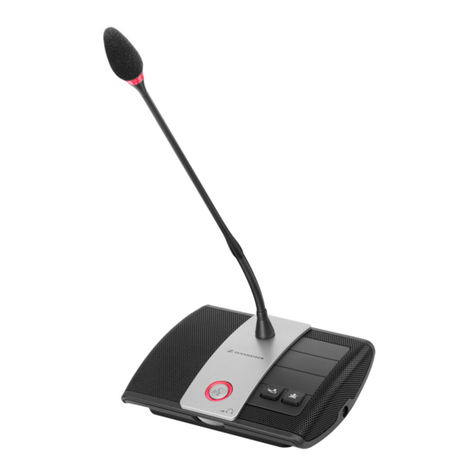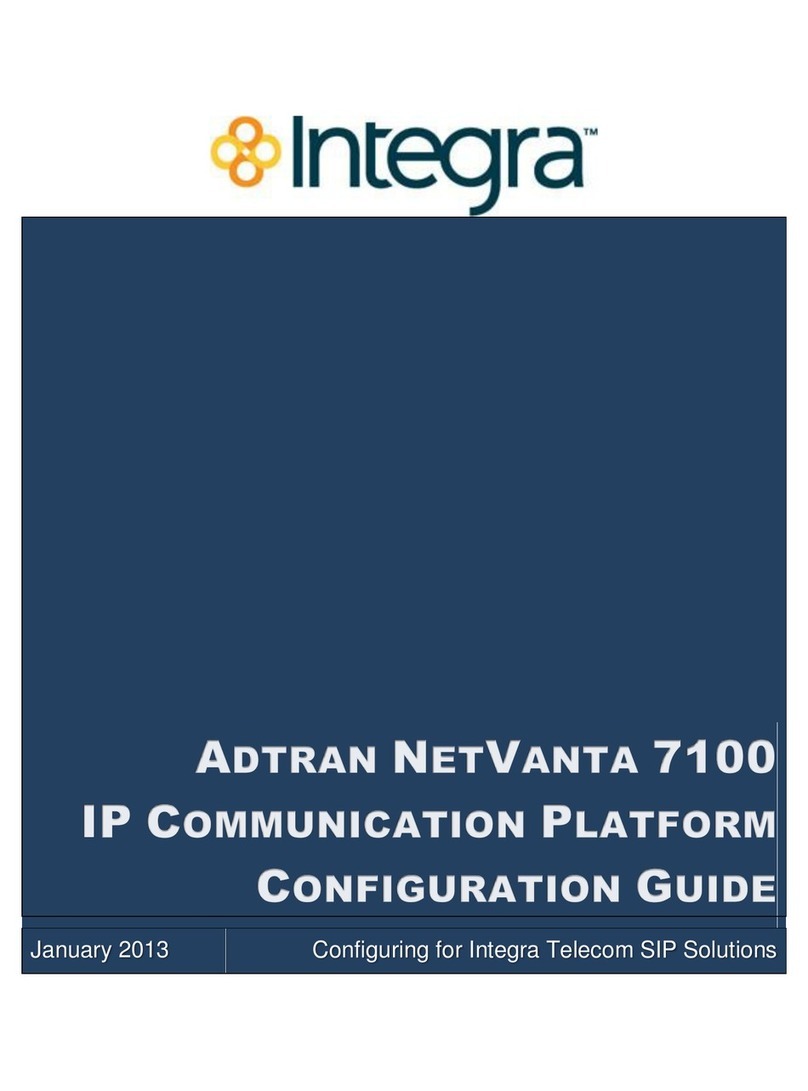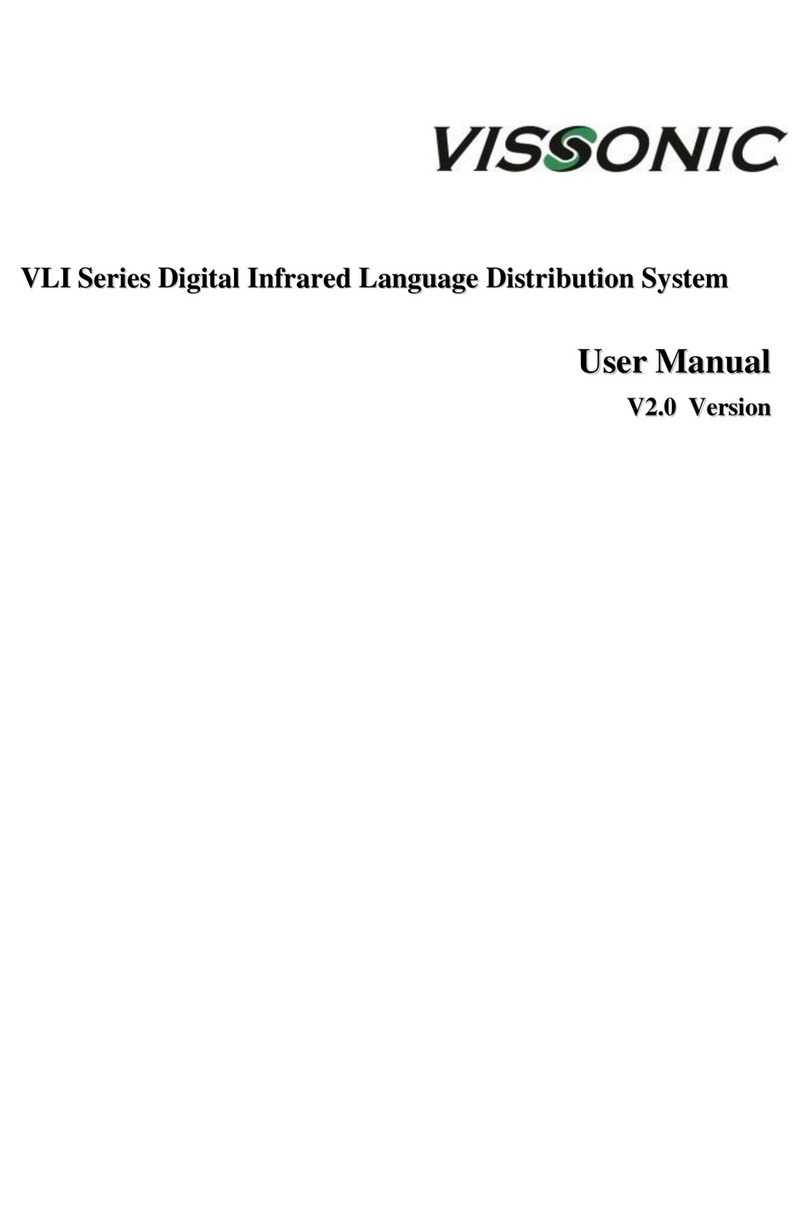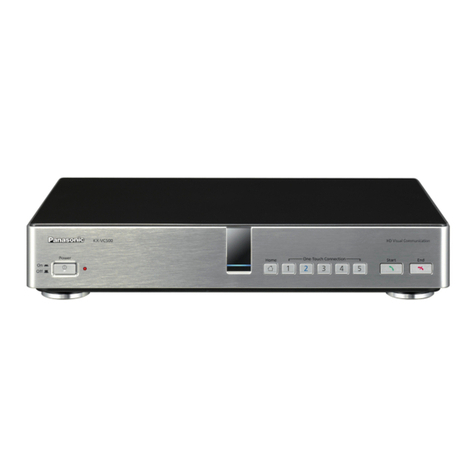Nortel Meridian 1 Option 11C Technical manual
Other Nortel Conference System manuals

Nortel
Nortel Meridian Norstar User manual
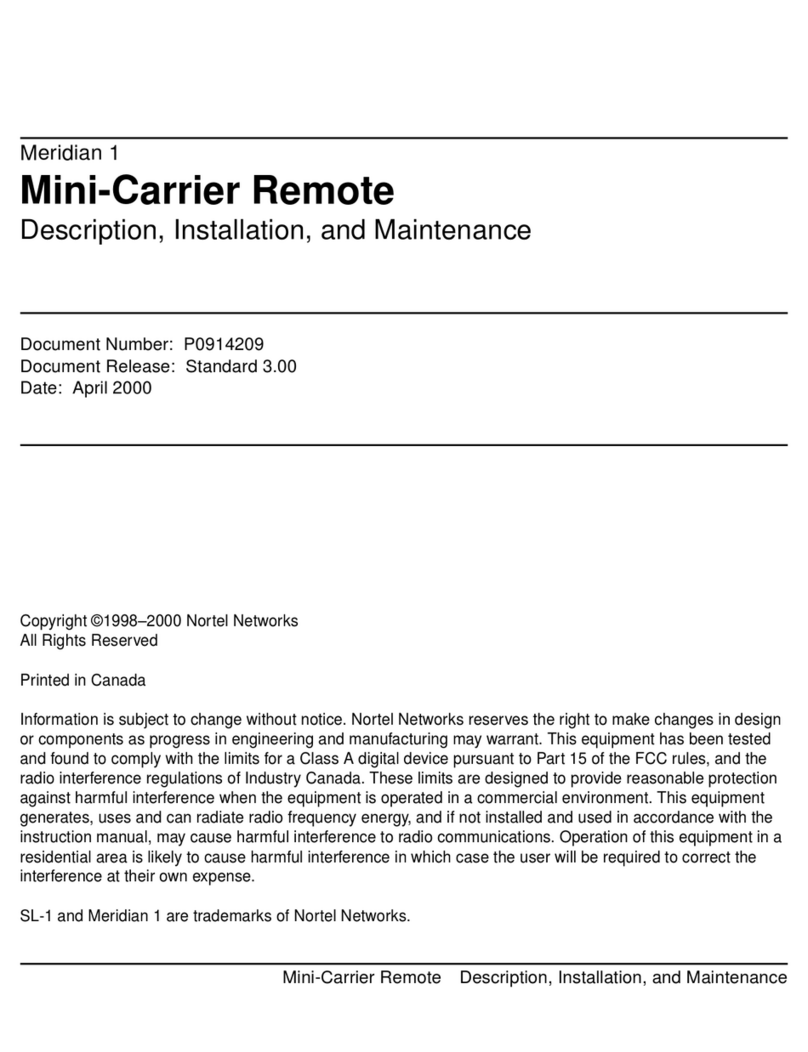
Nortel
Nortel Meridian 1 Mini-Carrier Remote Operating and installation instructions
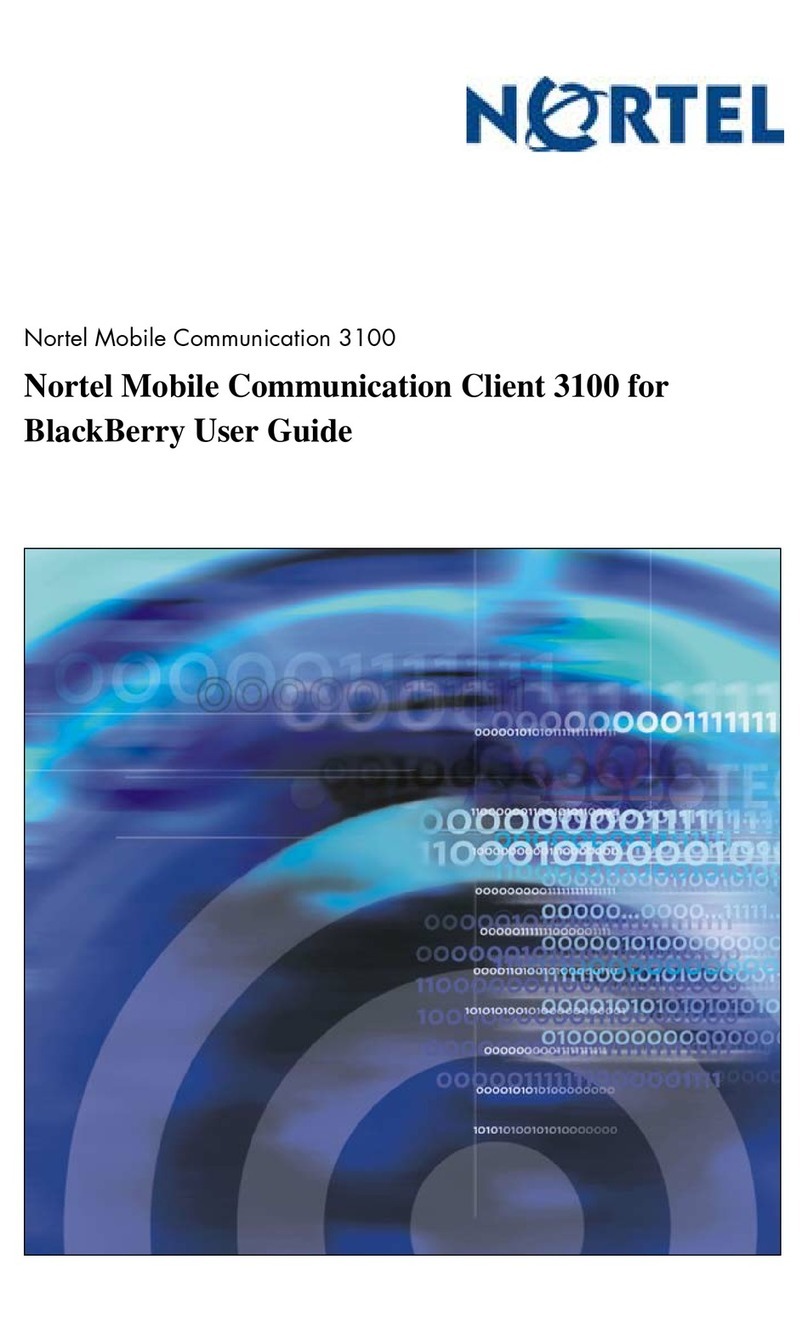
Nortel
Nortel NN42030-101 User manual
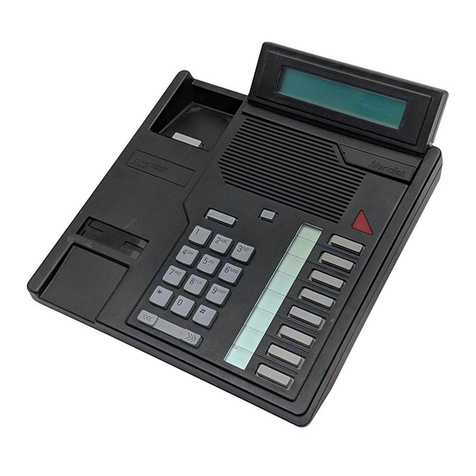
Nortel
Nortel Meridian Meridian 1 User manual

Nortel
Nortel Agent Greeting 2.0 Operating instructions

Nortel
Nortel NN42030-107 User manual
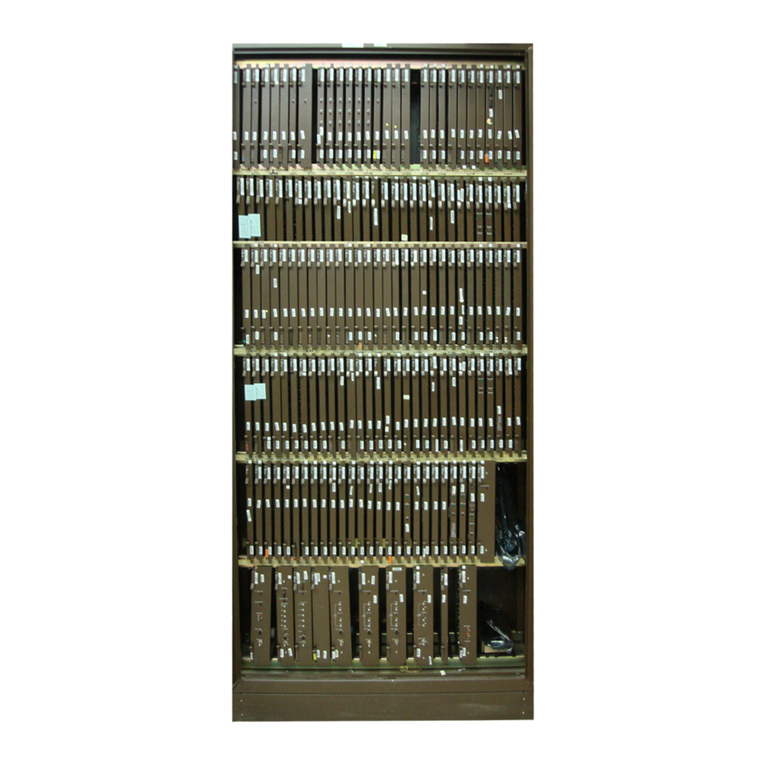
Nortel
Nortel DMS-100 Series User manual
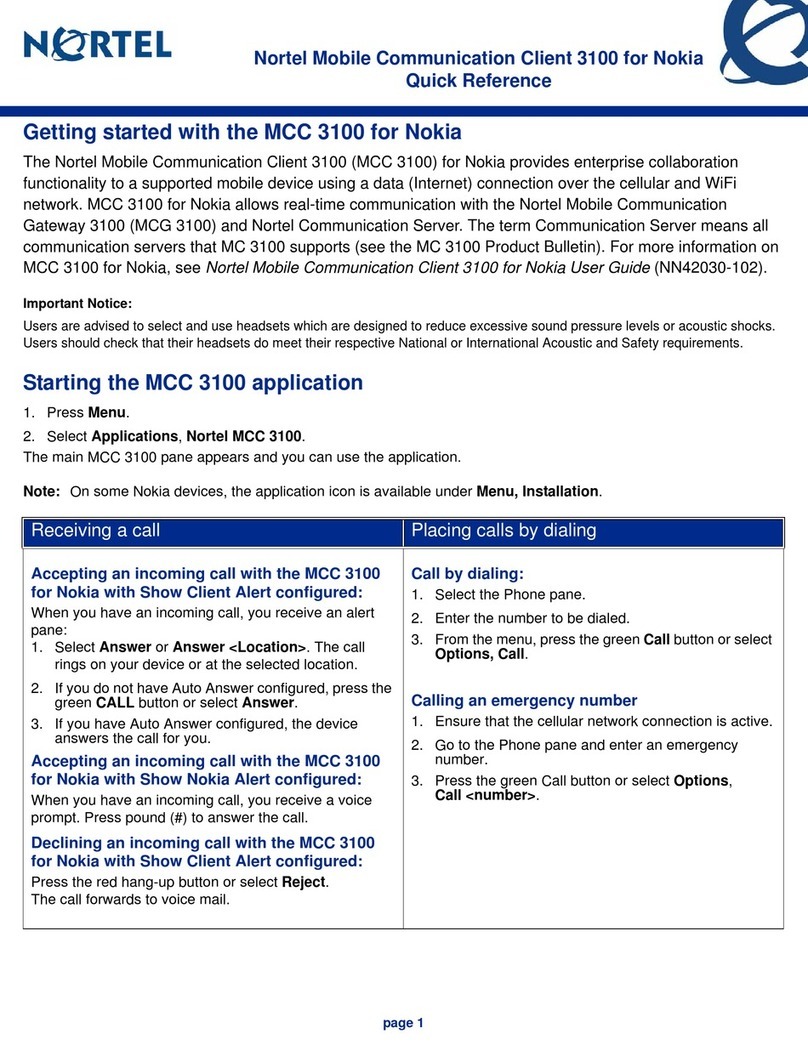
Nortel
Nortel 3100 Series User manual
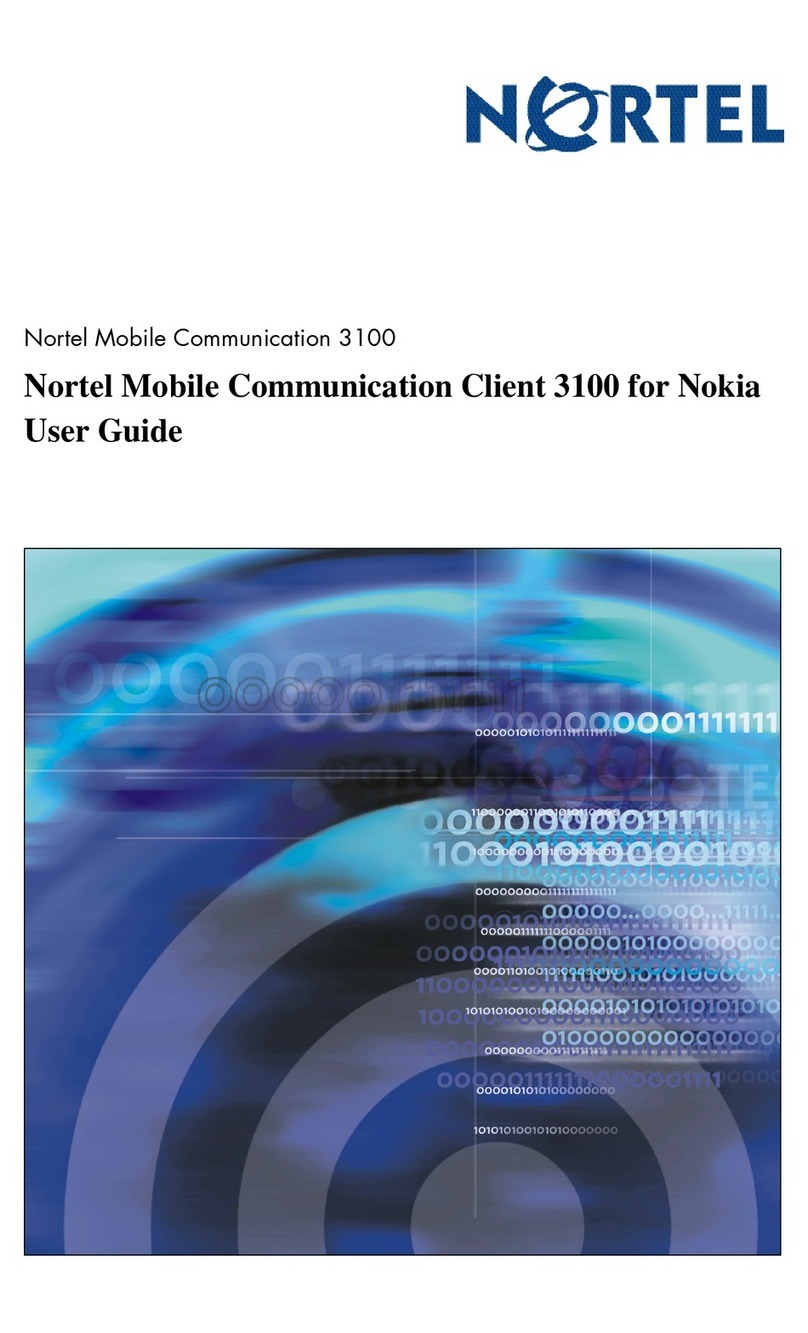
Nortel
Nortel NN42030-102 User manual

Nortel
Nortel BCM200 User manual
Popular Conference System manuals by other brands

Jabbla
Jabbla Tellus 6 operating instructions

LY International Electronics
LY International Electronics H-9500 Series Installation and operating manual
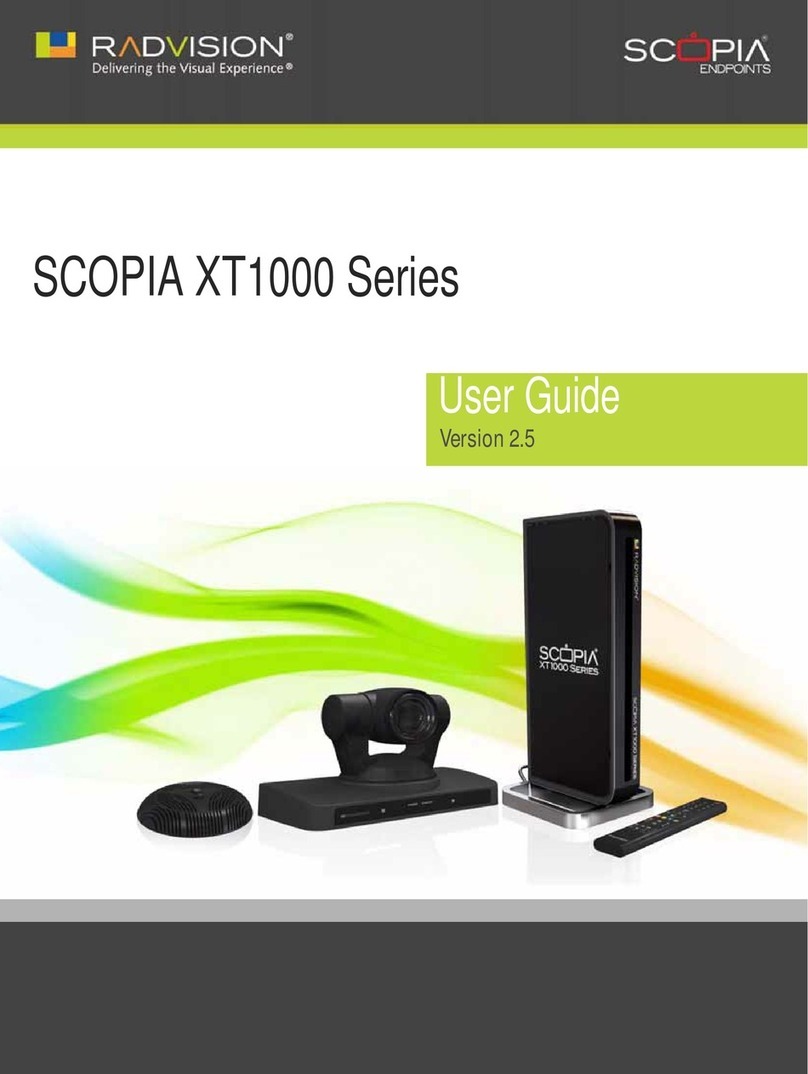
RADVision
RADVision Scopia XT1000 user guide

AT&T
AT&T MERLIN LEGEND Reference

Polycom
Polycom RealPresence Group Series setup sheet
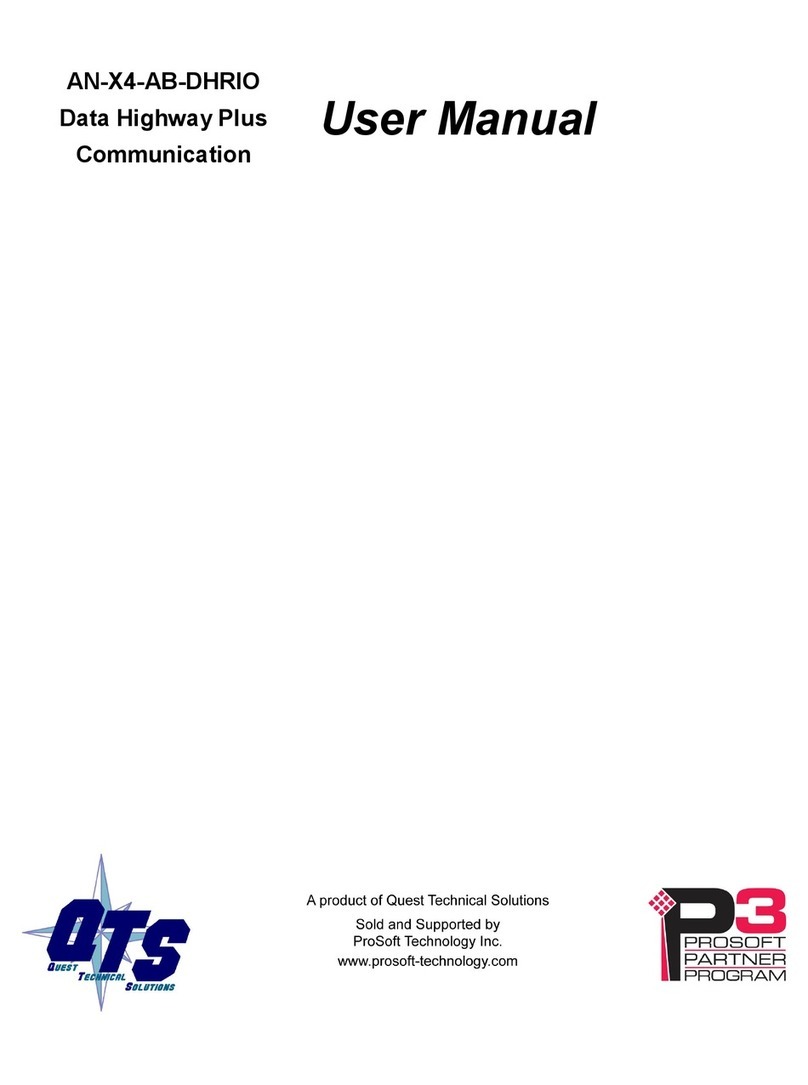
ProSoft Technology
ProSoft Technology AN-X4-AB-DHRIO user manual
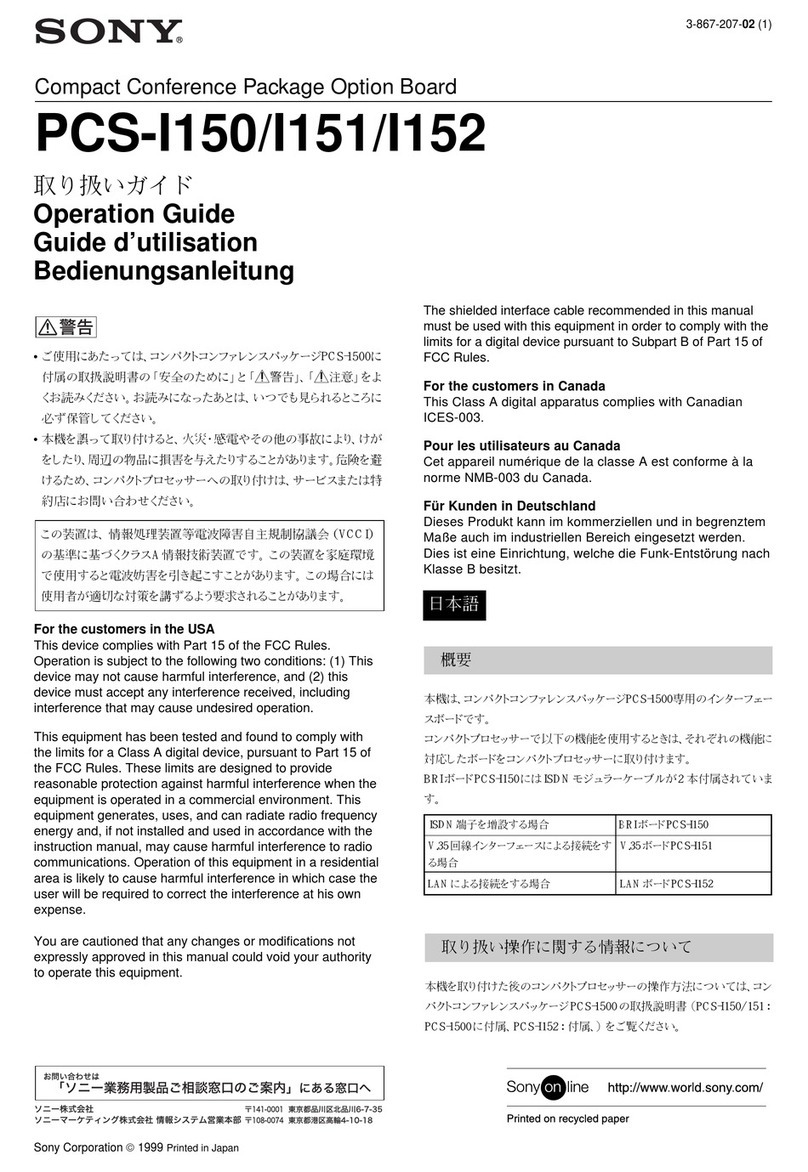
Sony
Sony PCS-I150 Operation guide
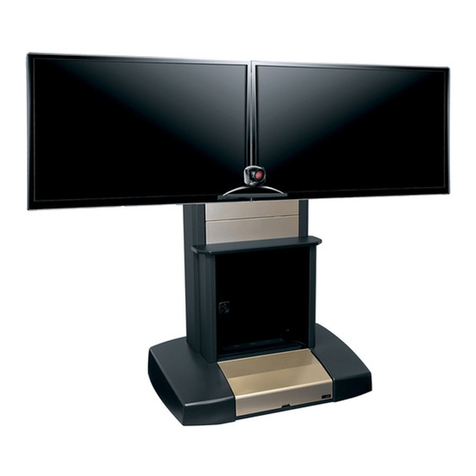
Middle Atlantic Products
Middle Atlantic Products VTC Series instruction sheet
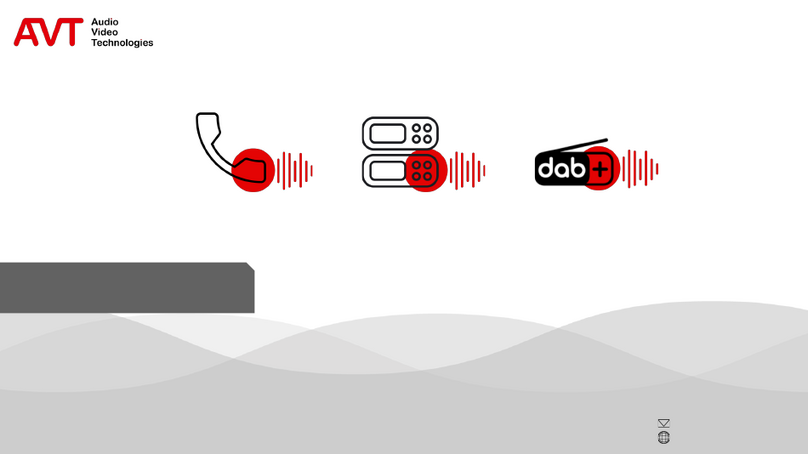
AVT
AVT MAGIC AC1 Go Configuration guide

Prentke Romich Company
Prentke Romich Company Vanguard Plus Setting up and using
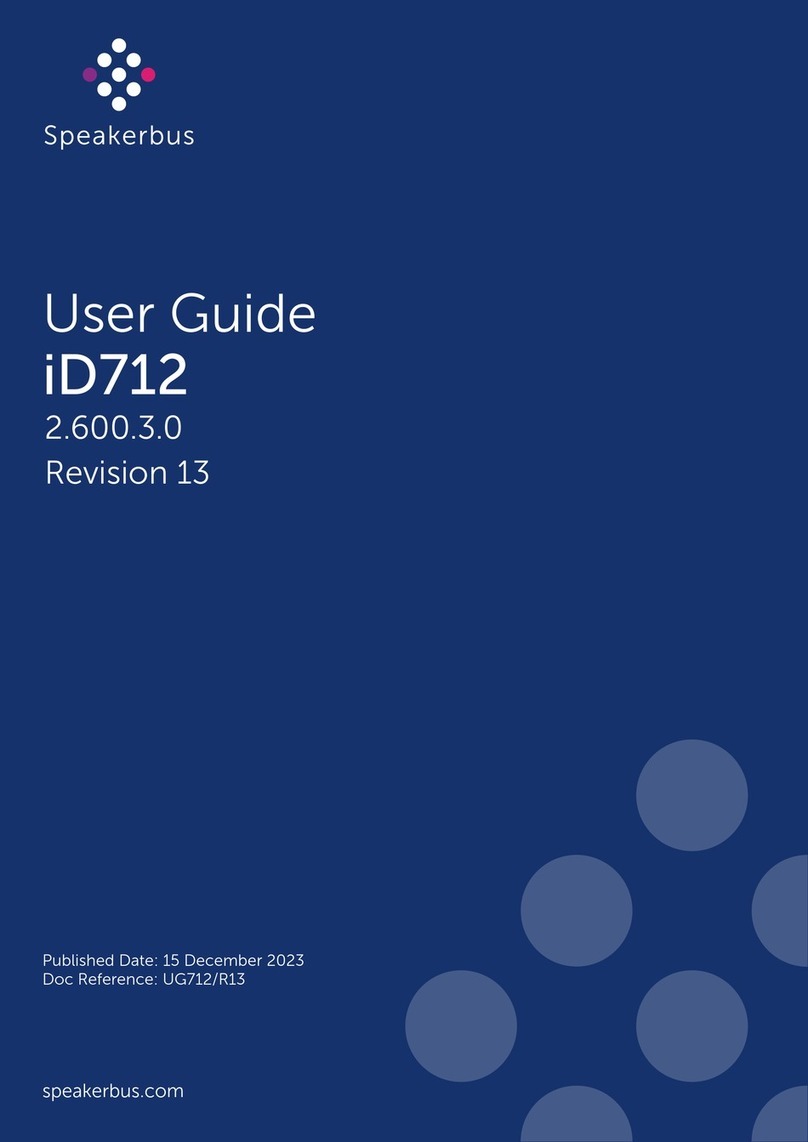
Speakerbus
Speakerbus iD 712 user guide

Trelleborg
Trelleborg SafePilot CAT PRO user guide

